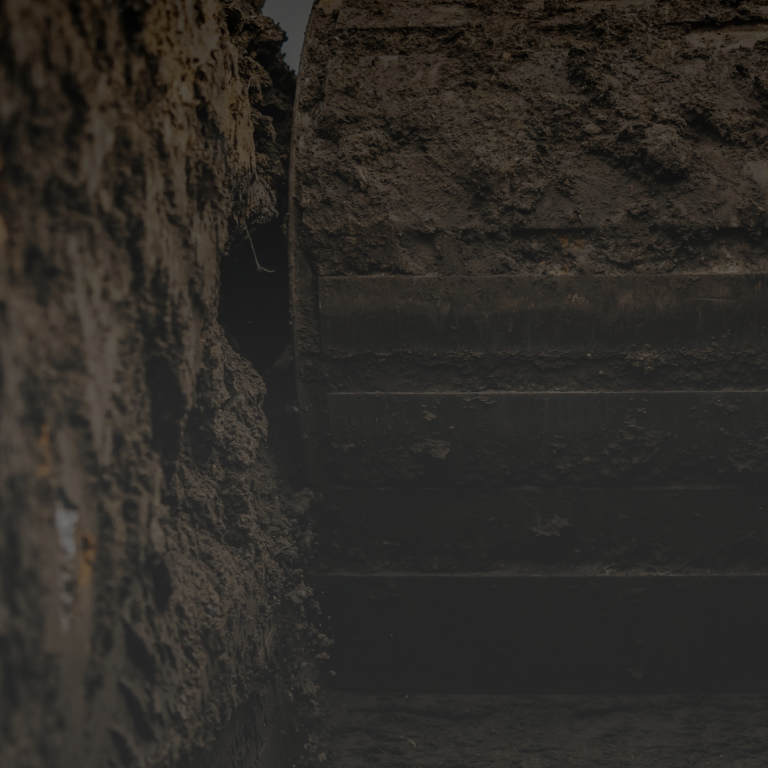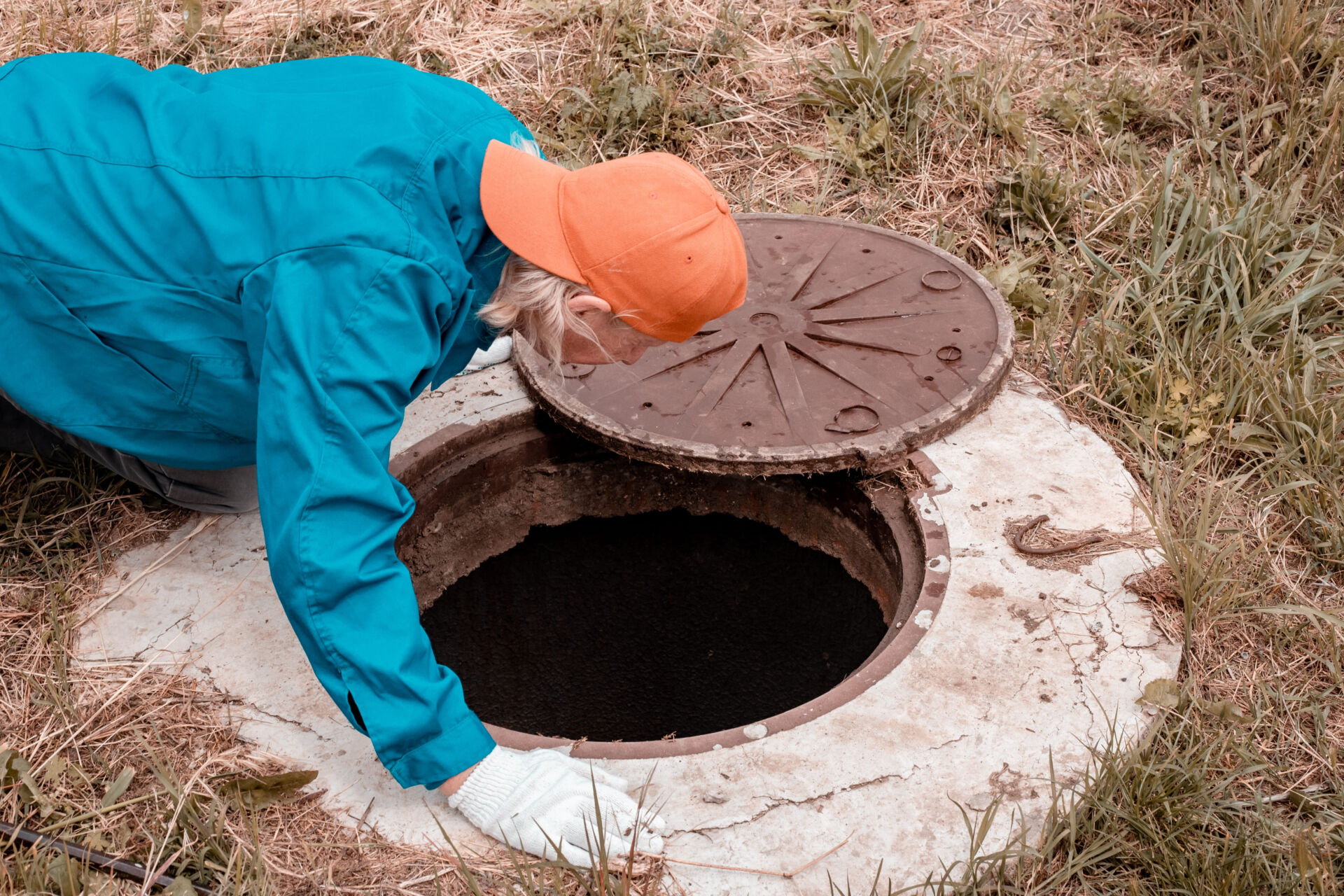If you own a rural property in Southern Ontario, you might be wondering how septic systems are inspected.
A septic inspection is a key part of regular home maintenance, making sure that your system is functioning properly. Whether you’re a first-time homeowner or preparing to buy or sell a property, understanding the inspection process can help you avoid costly surprises down the line.
Think of it as a check-up for your system. It’s not just about poking around for problems, but more about making sure everything is working smoothly and catching potential issues before they turn into major headaches. Let’s look into what you can expect during a typical septic inspection and how septic systems are inspected to keep everything running.
Why Is a Septic Inspection So Important?
You might be thinking, “Why go through all this trouble for an inspection?” Well, here’s the thing—septic systems are built to last for decades, but they need a little TLC to keep working properly. Regular septic system inspections help catch issues before they turn into big, costly problems.
Plus, if you’re buying or selling a property, knowing how septic systems are inspected is important! Think of it this way: You wouldn’t want to buy a house and discover the septic system is on its last legs, right? On the flip side, if you’re selling, having an inspection ready can show buyers that the system is in good shape. It’s all about peace of mind and avoiding those expensive surprises down the road.
What Happens During a Septic Inspection?
- Locate the System
The first step in how septic systems are inspected is finding the key components: the septic tank, distribution box, and drain field. Professionals use specialized tools to locate these parts, even if they’re buried underground. - Inspect the Septic Tank
Once the tank is located, it’s checked for cracks, leaks, and wear. The levels of sludge and scum inside the tank are measured, and if necessary, the tank may need to be pumped out before proceeding with the inspection. - Examine the Drain Field
The drain field is examined for signs of failure, like standing water or unpleasant smells. This helps catch issues early, preventing costly repairs down the road. - Check the Distribution Box
The distribution box, which directs wastewater to the drain field, is inspected to ensure it’s functioning properly and distributing waste evenly. - Perform a Flow Test
Finally, a flow test is done by running water through the system to check for blockages or performance issues, ensuring everything is working as it should.
Why Choose Bennett Inc. For Your Next Inspection?
At Bennett Inc., we’ve got the expertise and experience to keep your septic system in great shape. Our team has been inspecting, repairing, and installing septic systems for years, so we know exactly what to look for. As a locally owned business, we understand the unique needs of Southern Ontario properties and offer tailored advice.
We’re all about clear, no-surprise communication. Our goal is simple: to keep your septic system running smoothly, so you can relax and enjoy your home without any worries! So don’t wait until you’re dealing with a septic emergency—schedule your inspection today!



